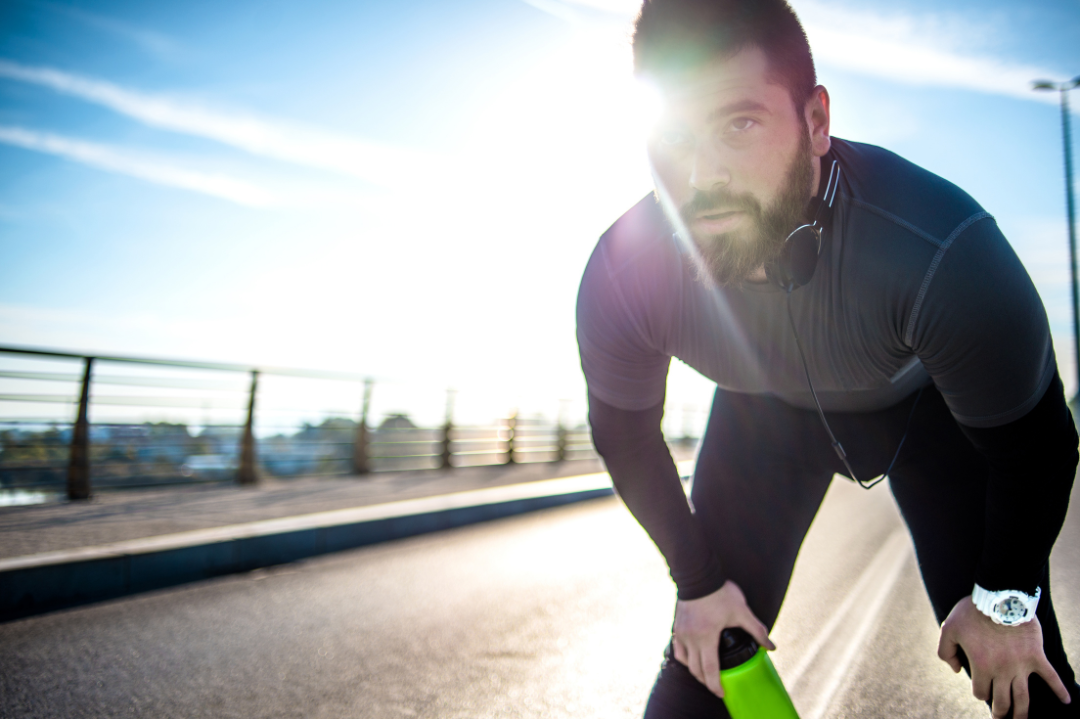Is Your Recovery After Exercise Holding You Back This Summer?
December 6, 2022

Summer is here and many of our patients have launched into summer workouts, meeting their fitness goals – and just generally enjoying their time outdoors and getting out in nature. But while working out feels like the most important (and often most difficult) part of getting started, did you know that your recovery after exercise is just as important as the workout itself?
Yep – your recovery technique is the reason why sometimes you feel sore after your workout, and other times, you don’t. It affects the post-workout inflammation, the lactic acid build-up in your body, and your injury risk. That’s why when you lie down after your workout, even if it’s from being rightly exhausted, you may be doing your body a massive disservice by not understanding the difference between the two types of recovery – and choosing the right option for you.
Passive vs. Active Recovery – What’s The Difference?
Passive recovery essentially means being still and inactive after exercising. It’s when you finish your run, sit down to rehydrate, and don’t get up. This gives your body the rest it needs to let your muscles repair with minimal effort over the next day. Active recovery, on the other hand, uses continued movement to recover, with the key being that it is non-strenuous and gentle. The goal here is to keep the heart rate from dropping suddenly, and the blood and lymph flow going, while still giving your body the chance to recover.Which Is Better – Active Or Passive Recovery?
Research shows different benefits for each. For active recovery, the benefits focus on the chemical processes occurring within the body. With the continued blood and lymph flow, metabolic waste is cleared from the body at a faster rate than with rest. Studies showed that when this recovery method was used by runners, they were able to run for three times longer during their next run than those who used passive recovery. When active recovery was used by cyclists, it was found that during their next ride, they maintained their power output, compared to the cyclists who used passive recovery whose power output decreased on their next ride. When examining swimmers, another study showed that active recovery dissipated 68% of the lactate that had accumulated in their blood, and would have otherwise settled in their tissues. When it comes to passive recovery, it is believed by some to help promote endurance through repetitively accelerating and decelerating their heart rates. It is thought that this type of training may decrease the window of time needed to recover between training sessions. The research on the superior effects of passive recovery is limited, though some professional cycling programmes have recently incorporated it into their programmes.So, How Should You Be Recovering?
Here at Perform Podiatry, given that we work with a variety of sportsmen and women, as well as those just starting their exercise journey, we believe that there is a place for both forms of recovery when used appropriately. While using active recovery immediately following exercise can yield significant benefits, taking days off for passive recovery may also be a beneficial way to let your body rest and recover. The key is understanding the benefits of each, so you can make purposeful decisions about what you’re doing after completing your exercise and how you’re cooling down.Ways To Recover At Home
Recovery is important – and you don’t need anything fancy or complex to help you do it. Here are three easy ways to additionally support your recovery at home:- Foam rolling: foam rolling your muscles can help to reduce stiffness, minimise post-workout muscle soreness, stimulate blood flow, improve your range of movement and reduce tissue tension – all of which can aid in recovery and performance.
- Wear compression clothing: compression clothing creates a tightening force on the encompassed parts of the body and its muscles. This increased pressure can help improve blood flow and subsequently oxygenation to the area. This increased blood flow can also help move toxins out of the tissues, helping them to heal and rebuild quicker, while also helping to reduce inflammation and fatigue. The only limitation is the level of compression available in general, non-medical clothing.
- Eating for recovery: during exercise, your muscles use their glycogen stores for energy which results in your muscles being partially depleted of glycogen after your workout. As your body tries to restore its glycogen stores, the food you eat can play an important role in getting it done faster. Quality carbohydrates (e.g. quinoa, fruit, oats, pasta and rice) and lean proteins (e.g. eggs, yoghurt, salmon, chicken and tuna) help to replenish your body’s muscle glycogen fuel stores, helping promoting muscle repair and preventing unnecessary breakdown of proteins. 20g – 40g of protein after a workout is recommended, alongside ensuring that you are rehydrating sufficiently.
